In this article, we will delve into the world of classic muscle cars and explore one of the most iconic models of its time—the 1970 Plymouth Roadrunner. With its powerful performance, distinctive design, and rich history, the Roadrunner left an indelible mark on the automotive industry. Join us as we take a closer look at the fascinating details and features of this beloved muscle car.
The History of the Roadrunner
The Roadrunner was first introduced by Plymouth in 1968 as a response to the growing demand for affordable yet high-performance vehicles. Plymouth aimed to capture the spirit of the original muscle car era and offer a car that enthusiasts could truly enjoy. Inspired by the popular Road Runner cartoon character, the name perfectly reflected the car’s agile and swift nature.
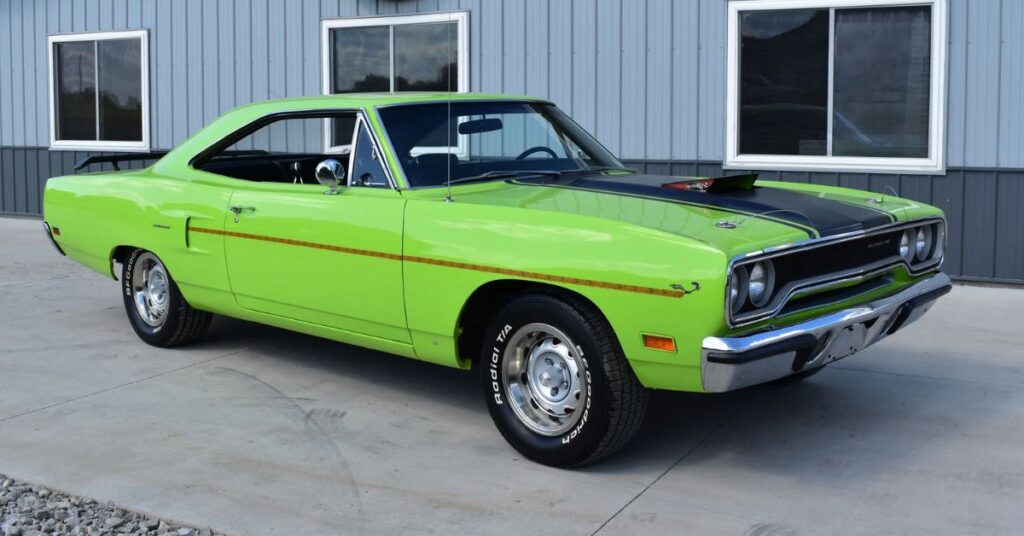
To secure the rights to use the Road Runner name and likeness, Plymouth reached a licensing deal with Warner Bros. The agreement allowed them to incorporate the iconic cartoon character into their marketing and branding. The timing was perfect, as the Roadrunner quickly gained popularity and was named the Motor Trend Car of the Year for 1968.
Design and Features of the 1970 Roadrunner
The 1970 Roadrunner featured a bold and aggressive design that turned heads wherever it went. One of the standout features was the optional “Air Grabber” hood, which not only added a striking visual element but also improved the car’s performance by providing increased airflow to the engine. With the shark teeth design on the Air Grabber opening, the Roadrunner exuded a sense of power and intimidation.
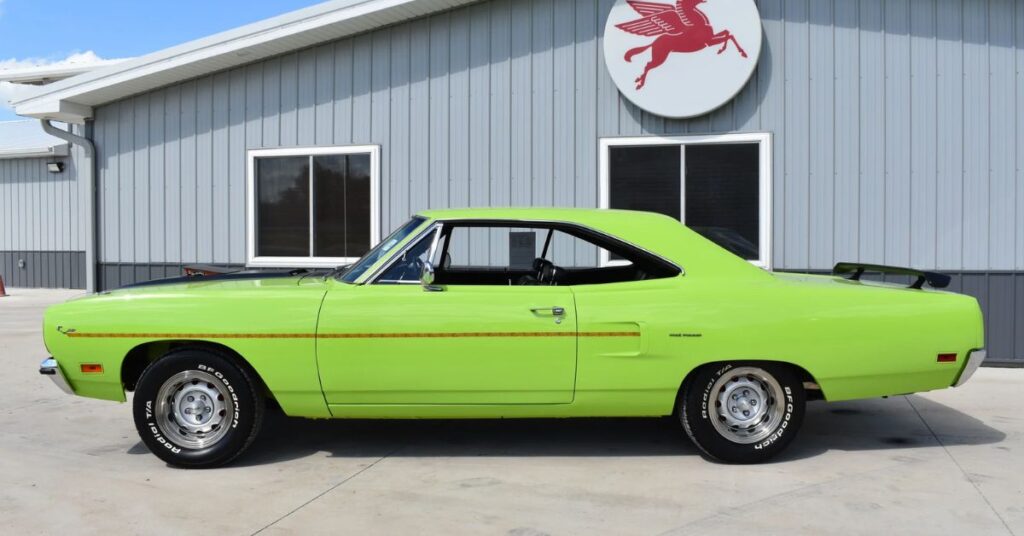
The exterior color palette offered a range of vibrant and eye-catching options, including the factory Sublime Green, which is a personal favorite among enthusiasts. The Roadrunner also sported the iconic Coyote and Road Runner badging, representing the chase between the famous cartoon characters.
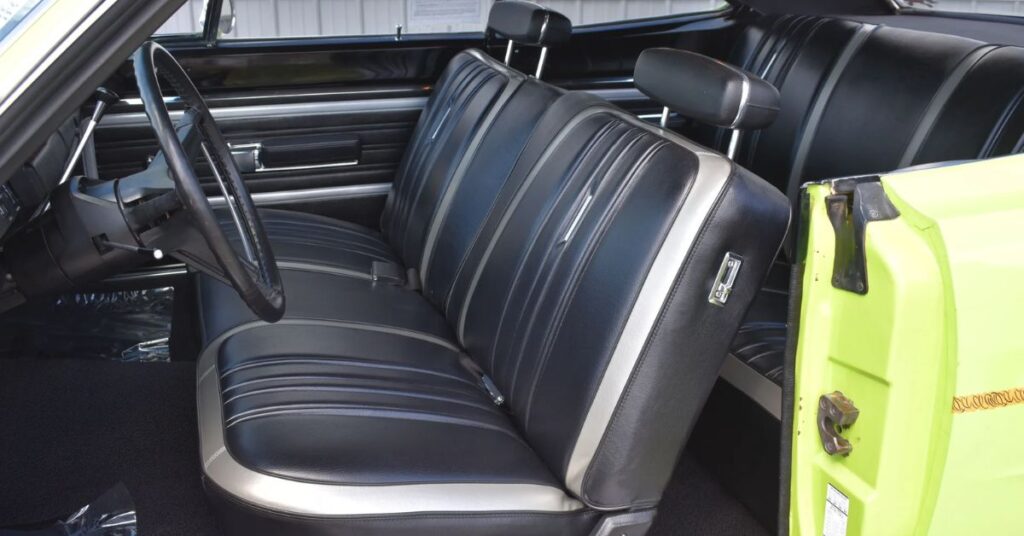
Inside the cabin, the 1970 Roadrunner boasted a meticulously restored interior that aimed to recreate the original factory specifications. From the dash pad to the seats and chrome trim, every detail was carefully considered to deliver a truly authentic experience. The inclusion of the factory clock and tachometer added to the overall charm and functionality of the interior.
Performance and Powertrain
Under the hood, the 1970 Roadrunner showcased impressive power and performance. One of the standout engine options was the legendary “Coyote Duster” equipped with the factory Air Grabber. This combination offered a thrilling driving experience and exemplified the Roadrunner’s commitment to providing affordable yet exhilarating muscle car performance.
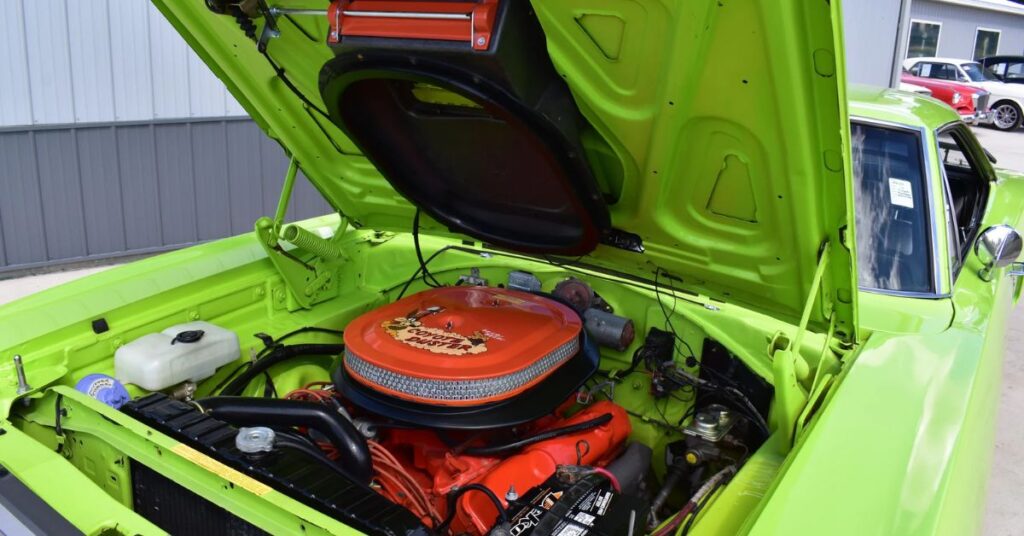
The Roadrunner also featured a range of other engine choices, including the powerful 440 Super Commando and the top-of-the-line 426 Hemi V8. These engines delivered exceptional horsepower and torque, solidifying the Roadrunner’s position as a true force on the streets.
The Roadrunner in Popular Culture
Thanks to its unique design and cultural impact, the Roadrunner quickly became a favorite among car enthusiasts and made its mark in popular culture. Its appearances in classic car magazines and media outlets further solidified its reputation as an icon of the muscle car era. The Roadrunner’s presence in movies, television shows, and even songs only added to its legendary status. From its memorable appearances in films like “Two-Lane.
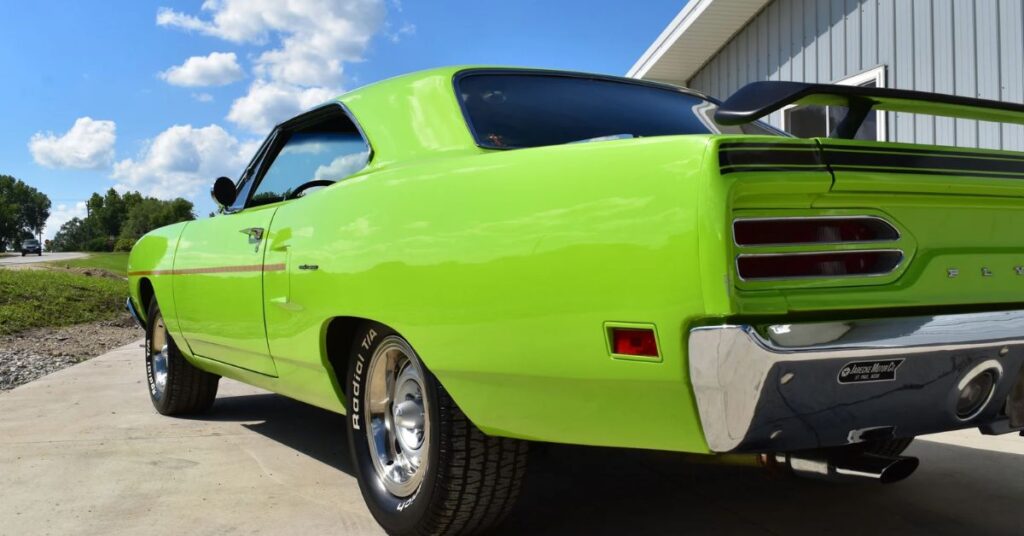
The Roadrunner’s presence in movies, television shows, and even songs only added to its legendary status. From its memorable appearances in films like “Two-Lane Blacktop” and “Joe Dirt” to its inclusion in popular songs like the Eagles’ “Take It Easy,” the Roadrunner became synonymous with American muscle cars and the freedom of the open road. The Roadrunner’s popularity also extended to the racing scene, where it competed in various events, including drag races and NASCAR. Its powerful engines and agile performance made it a formidable contender, and it earned a reputation for its speed and reliability on the track.
Restorations and Collectibility
As time passed, the 1970 Roadrunner became highly sought after by collectors and enthusiasts alike. Its unique design, powerful engines, and iconic status contributed to its increasing collectibility and value. Many enthusiasts undertake meticulous restorations to bring these classic muscle cars back to their original glory, ensuring that the legacy of the Roadrunner lives on.
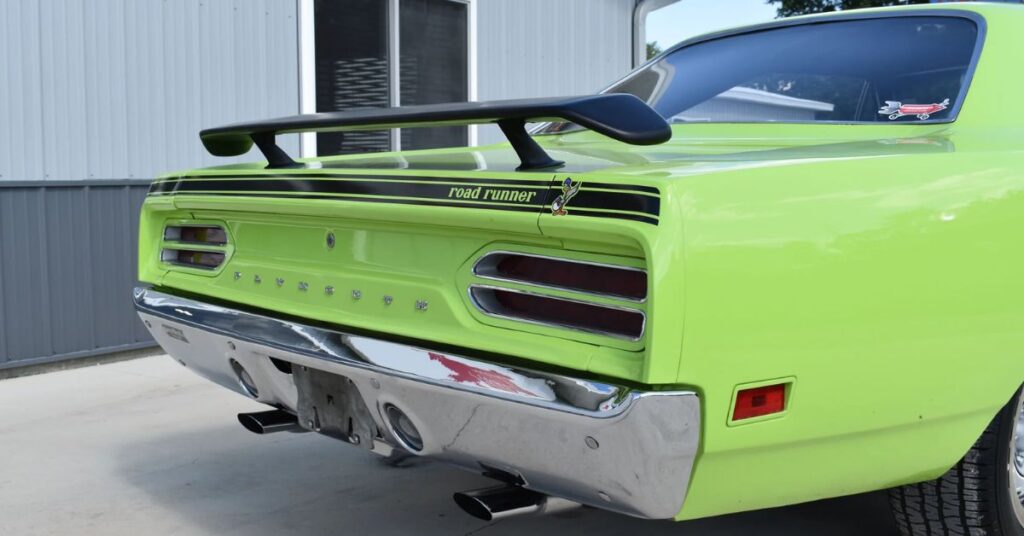
Restoring a 1970 Roadrunner requires attention to detail and a passion for preserving its authenticity. From sourcing original parts to recreating the original paint colors, these restorations aim to capture the essence of the car as it rolled off the assembly line.
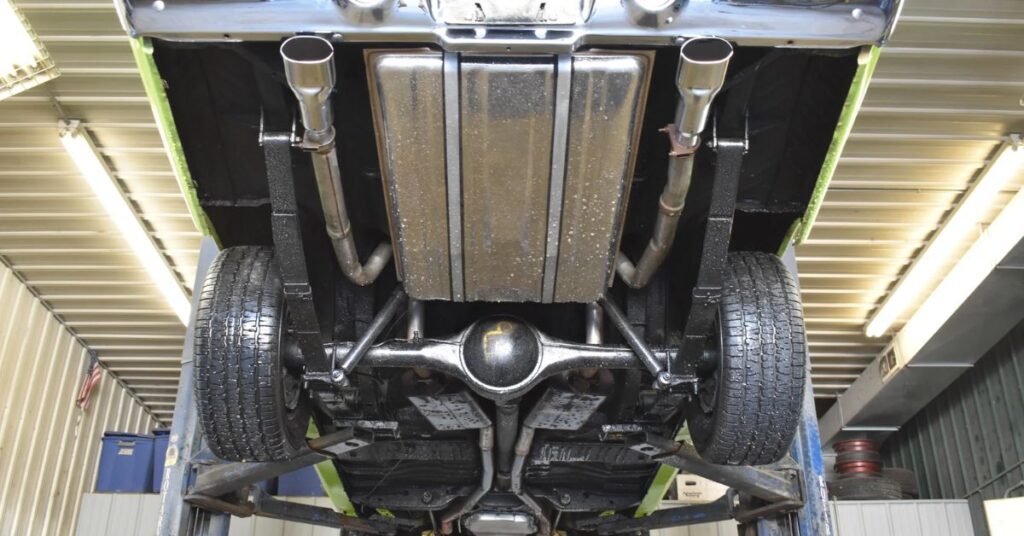
Today, well-preserved and restored 1970 Roadrunners command significant attention in the collector car market. Their rarity and historical significance make them highly desirable, and their value has steadily appreciated over the years.
Conclusion
The 1970 Plymouth Roadrunner stands as an enduring symbol of the muscle car era. With its bold design, powerful engines, and cultural impact, it left an indelible mark on the automotive industry and popular culture. From its origins as a cartoon-inspired car to its status as a sought-after collector’s item, the Roadrunner continues to captivate enthusiasts and car lovers alike.
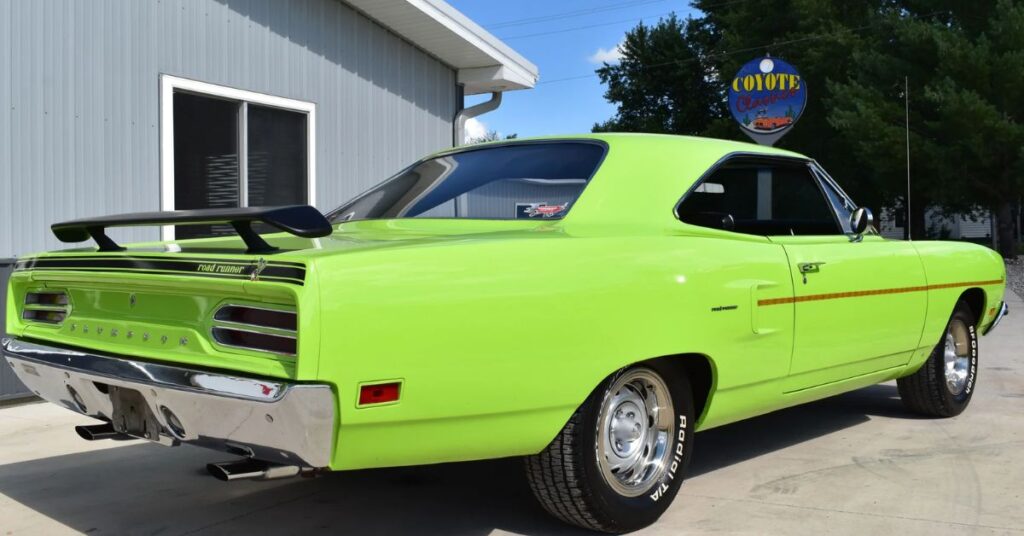
Whether you admire its aggressive styling, crave its thrilling performance, or appreciate its place in history, the 1970 Roadrunner represents the pinnacle of classic American muscle cars. Its legacy lives on as a testament to the power, speed, and spirit of the original muscle car era, reminding us of a time when the open road was meant to be conquered with style and exhilaration.
